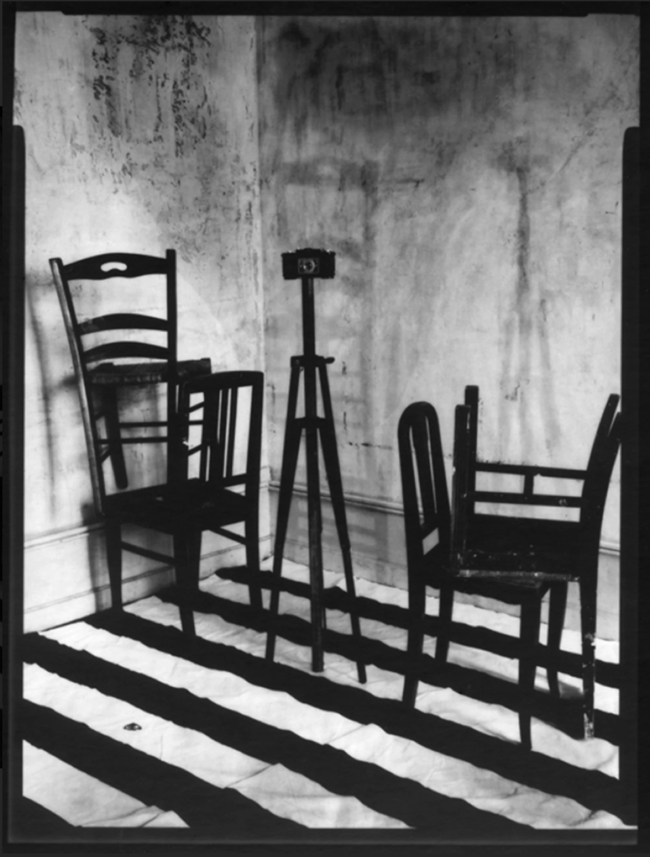Unseen 2021 was back this last weekend, after a dry period due to COVID and some financial difficulties. The new edition was still located at the iconic Westergasfabriek in Amsterdam, on a somewhat smaller scale but with a wealth of interesting galleries and a tremendous riches of artists. Above and beyond the usual selection of straight-in-your-face crude sexual content, bright highly saturated colourful living room pictures and empty architectural structures, the selection offered several young, mainly female, talented artists with a different vision. I was particularly touched by the works by Ilona Langbroek, Mouna Saboni, Sara Imloul, Lisa Sartorio and Chieko Shiraishi. Across borders, cultures and generations, those women show, in my humble opinion, a true talent and a unique approach to photography and story telling. Lisa Sartorio uses existing photographs and brings them to life – a life of destruction – with her work with paper, textures and structures, leading to a stunning effect of buildings silently exploding. Chieko Shiraishi brings to life the sophistication of Japan through her landscapes involving deers in winter in her Shikawatari series: pure and clean lines, subtle greys and blacks, tending towards abstraction and a Japanese perfection. Mouna Saboni and Ilona Langbroek, both seek their own identity, one through poetry and photography, using traditional middle-Eastern portraits and revisiting them with her own poetry, while the other shows intimate and nostalgic views of a past forever lost in the turmoil of a colonial past. Sara Imloul revisits the old technique of calotype to bring to life a deep black and white contrasted intimate universe. The men are also present in my own selection. For instance I noted the “Borderline” work of Paul D’Haese, created while hiking along the northern French coast, emphasising the edge between inhabited human-made landscape and nature. Talking about emptiness, I could not forget the “Past and Present” series shown by the Galerie Julian Sander. Julian’s great grand father, August Sander, was a tremendous German portraitist in the 1920’s, 1930’s and 1940’s. He left an incredible and remarkable body of work depicting his contemporaries in their every day life and environment, whether it is at home, at work, in formal settings, indoors or outdoors. Beyond that, and I could have stopped right there and be happy with this discovery, an American photographer, Michael Somoroff, took August Sander’s photographs and removed the people from the pictures, to show empty settings and landscapes, workplaces and living rooms. The series “Past and Present” in its entirety comprises 40 photographs of August Sander and their “empty” counterparts by Somoroff, to make an amazing ensemble where the past echoes the present and vice versa. A stunning presentation that will resonate long within me.






Paris – France

Köln – Germany

Köln – Germany

Paris – France